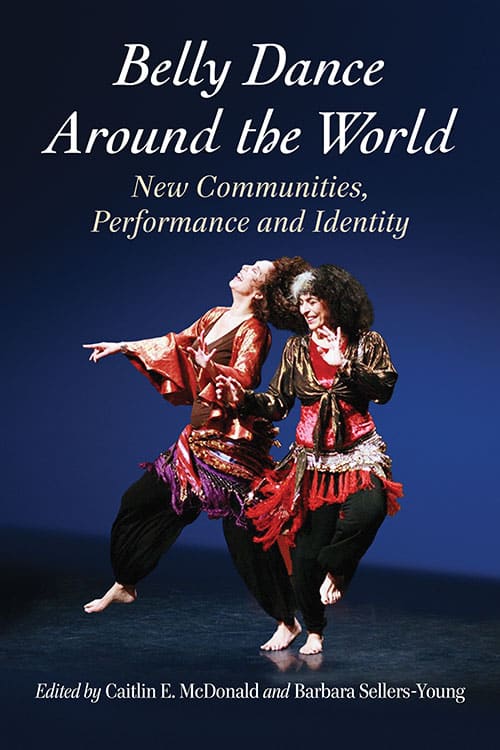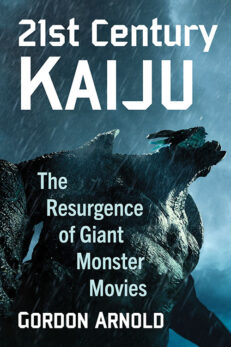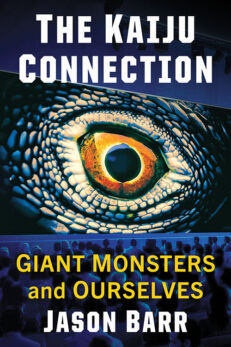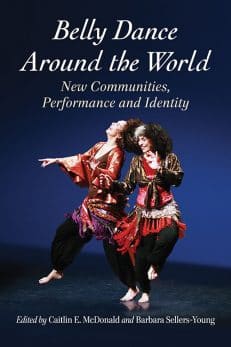Belly Dance Around the World
New Communities, Performance and Identity
$29.95
In stock
About the Book
In these essays, dancers and scholars from around the world carefully consider the transformation of an improvised folk form from North Africa and the Middle East into a popular global dance practice. They explore the differences between the solo improvisational forms of North Africa and the Middle East, often referred to as raqs sharki, which are part of family celebrations, and the numerous globalized versions of this dance form, belly dance, derived from the movement vocabulary of North Africa and the Middle East but with a variety of performance styles distinct from its site of origin. Local versions of belly dance have grown and changed along with the role that dance plays in the community. The global evolution of belly dance is an inspiring example of the interplay of imagination, the internet and the social forces of local communities.
All royalties are being donated to Women for Women International, an organization dedicated to supporting women survivors of war through economic, health, and social education programs. The contributors are proud to provide continuing sponsorship to such a worthwhile and necessary cause.
Instructors considering this book for use in a course may request an examination copy here.
About the Author(s)
Bibliographic Details
Edited by Caitlin E. McDonald and Barbara Sellers-Young
Format: softcover (6 x 9)
Pages: 224
Bibliographic Info: 13 photos, notes, bibliographies, index
Copyright Date: 2013
pISBN: 978-0-7864-7370-0
eISBN: 978-1-4766-0568-5
Imprint: McFarland
Table of Contents
Preface and Acknowledgments 1
Introduction: The Interplay of Dance and the Imagined Possibilities of Identity
(Barbara Sellers-Young) 3
What Is Baladi about al-Raqs al-Baladi? On the Survival of Belly Dance in Egypt
(Noha Roushdy) 17
Finding “the Feeling”: Oriental Dance, Musiqa al-Gadid, and Tarab
(Candace Bordelon) 33
Performing Identity/Diasporic Encounters
(Lynette Harper) 48
1970s Belly Dance and the “How-To” Phenomenon: Feminism, Fitness and Orientalism
(Virginia Keft-Kennedy) 68
Dancing with Inspiration in New Zealand and Australian Dance Communities
(Marion Cowper and Carolyn Michelle) 93
Local Performance/Global Connection: American Tribal Style and Its Imagined Community
(Teresa Cutler-Broyles) 106
The Use of Nostalgia in Tribal Fusion Dance
(Catherine Mary Scheelar) 121
“I mean, what is a Pakeha New Zealander’s national dance? We don’t have one”: Belly Dance and Transculturation in New Zealand
(Brigid Kelly) 138
Quintessentially English Belly Dance: In Search of an English Tradition
(Siouxsie Cooper) 152
Delilah: Dancing the Earth
(Barbara Sellers-Young) 168
Negotiating Female Sexuality: Bollywood Belly Dance, “Item Girls” and Dance Classes
(Smeeta Mishra) 181
Digitizing Raqs Sharqi: Belly Dance in Second Life
(Caitlin E. McDonald) 197
About the Contributors 211
Index 213





